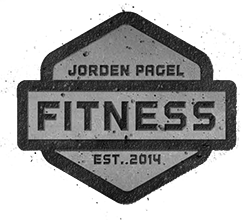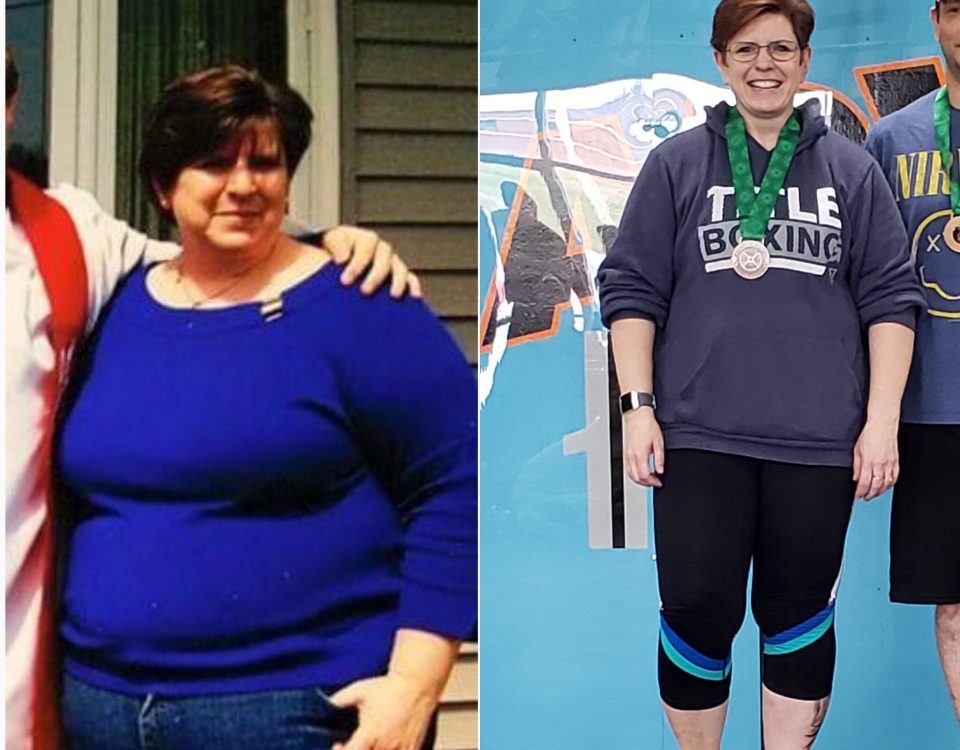Testosterone 401: Testosterone In Women

Welcome to the fourth and final installment in our series on testosterone. So far we’ve covered testosterone’s functions and importance, the different methods used to treat low testosterone, and the differences between testosterone replacement therapy and steroids.
While the information we’ve discussed up to this is important for everyone to know, most of it has been geared towards men, and maintaining optimal testosterone levels.
But testosterone is equally important for women as well, and in today’s post, we’re going to take a look at the role testosterone plays in the female body, and why it’s just as vital for women to live a healthy life.
Testosterone In Women
While testosterone is primarily thought of as a male hormone, women’s body produce it as well, albeit in much smaller amounts. As discussed in the first article, the normal range for men is between 300-1,000 ng/dl, while the range for women is much less, falling between 30-95 ng/dl.
Like men, women produce most of their testosterone in the sex organs; the ovaries in this case. Also like men, testosterone in women is responsible for:
- Bone strength
- Body fat levels, and muscle mass
- Energy levels
- Mental function and mood
- Sex drive and libido
Specifically, testosterone in women is responsible for a woman’s sexual mood and experience, contributing to nipple and clitoral sensitivity, thus increasing sexual pleasure.
So tl;dr, testosterone in women and men is responsible for a lot of the same functions, with the most notable, and arguably most important, being libido and sexual function.
Low Testosterone In Women
Also like men, low testosterone can affect the lives of women in significant ways.
One of the biggest contributing factors of declining T levels in women is the onset of menopause, which can cause a drop of at least 50%. As you can imagine this significant of a drop comes with a whole host of side effects, including less energy, less bone strength, less muscle mass, more accumulation of body fat, and diminished sex drive. And women who have undergone a hysterectomy will likely experience an even larger decline in T levels.
A study done by the North American Menopause Society illustrates this. They took 71 postmenopausal women with testosterone levels less than 31 ng/dl, and gave half of them intramuscular injections for twelve weeks of either testosterone or a placebo.
What they found was that the women who received the testosterone injections showed increases in muscle mass, strength and power, and sexual function.
Menopause isn’t the only cause for declining T levels in women however. High levels of stress will cause drops in testosterone, just like in men, because of increased cortisol production. And as we talked about in Part One, testosterone and cortisol are inversely related, so when the body is producing high amounts of one, it reduces the production of the other.
Treating Low Testosterone In Women
While levels of testosterone in women and men may differ, treating low T is basically the same regardless of gender. This includes everything we talked about in Part One, including:
- Increased consumption of healthy fats and cholesterol
- Increased consumption of micronutrients like vitamin D3, zinc, and magnesium
- Regular intense exercise
- Increased sleep duration and quality
Hormonal replacement therapy is also an option for women. This is something you want to discuss with your doctor to see if it’s right for you.
Testosterone: The Key to a Happy, Healthy, Sex-Filled Life?
As we’ve seen over the last four articles, testosterone just may be the most important hormone in our bodies for maintaining optimal health, regardless of gender.
It’s also important to note however, that our bodies are a series of intricate systems; all connected and intertwined. What we do in one area of our lives, such as our diet or physical fitness, affects everything else. And if something is out of whack, like our hormones, everything else can be thrown into disarray.
This is where maintaining a healthy, well-balanced, non-extreme lifestyle is vital for our overall health and well-being. In doing so, not only can we help maintain optimal hormone levels, but make it easier to reach our fitness goals as well.
Also:
Part One: Testosterone: Sex, Health, and Everything Else
Part Two: Treating Low Testosterone
Part Three: TRT and Anabolic Steroids
Fat Loss Made Easy!
Subscribe to the JPF newsletter and get my 5-Day Fat Loss email course absolutely FREE! You'll learn how to create your own fat-shredding program in less than a week.
Plus you'll get the latest updates from the blog, exclusive offers, and other cool stuff.



